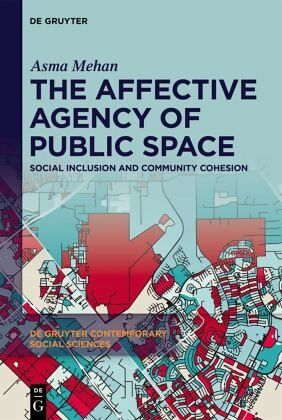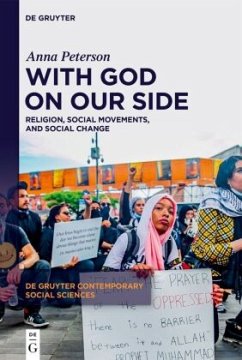Nicht lieferbar

The Affective Agency of Public Space
Social Inclusion and Community Cohesion
Versandkostenfrei!
Nicht lieferbar
The Affective Agency of Public Space explores the pivotal role that public spaces play in fostering social inclusion and community cohesion within various settings, including Europe and the United States. This scholarly work underscores the critical importance of developing inclusive public zones that enhance urban life and promote integration and interaction among diverse community groups. It also confronts and debunks common myths about 'different people,' actively addressing misconceptions while promoting the recognition of diverse identities and voices. Through a comparative lens, the book...
The Affective Agency of Public Space explores the pivotal role that public spaces play in fostering social inclusion and community cohesion within various settings, including Europe and the United States. This scholarly work underscores the critical importance of developing inclusive public zones that enhance urban life and promote integration and interaction among diverse community groups. It also confronts and debunks common myths about 'different people,' actively addressing misconceptions while promoting the recognition of diverse identities and voices. Through a comparative lens, the book presents insightful case studies that illustrate its core themes. Serving as a timely and important academic resource, this text is indispensable for urban planners, educators, architects, designers, and sociologists committed to progressive urban planning methodologies.














